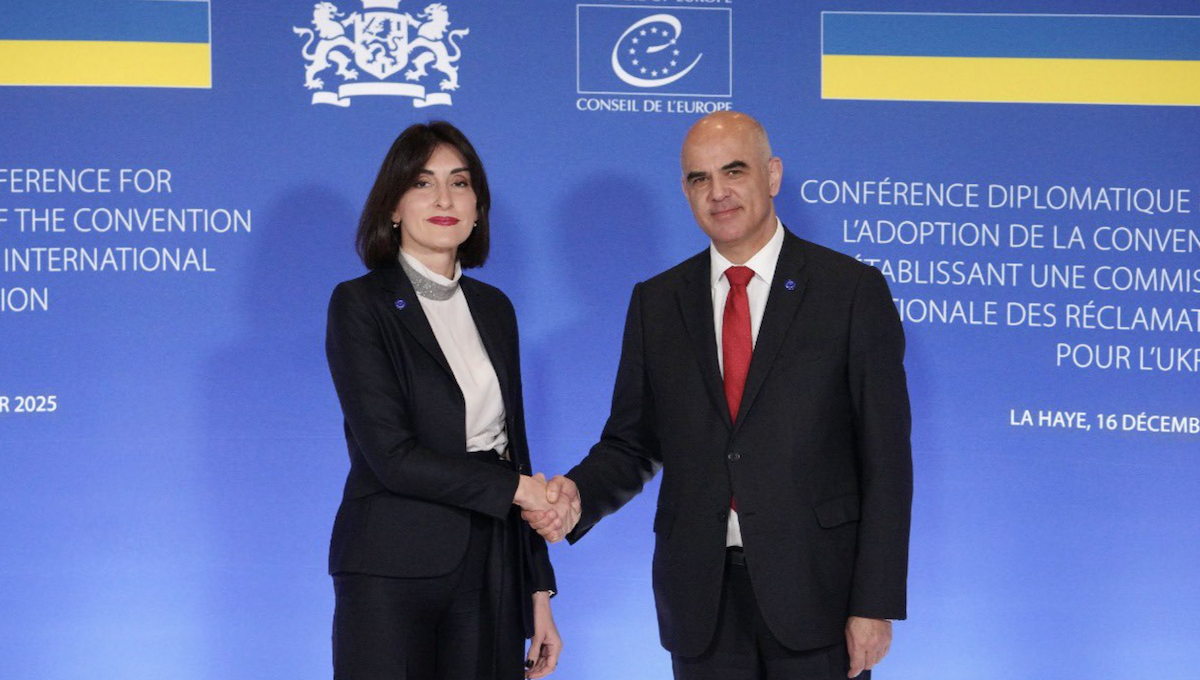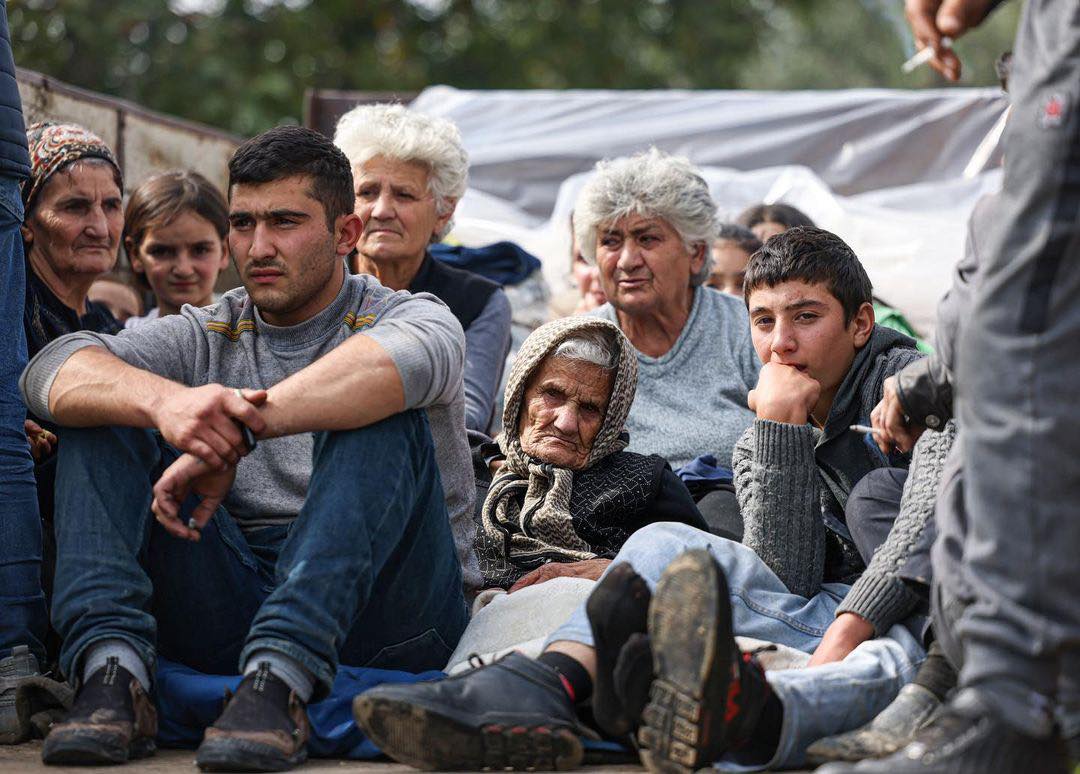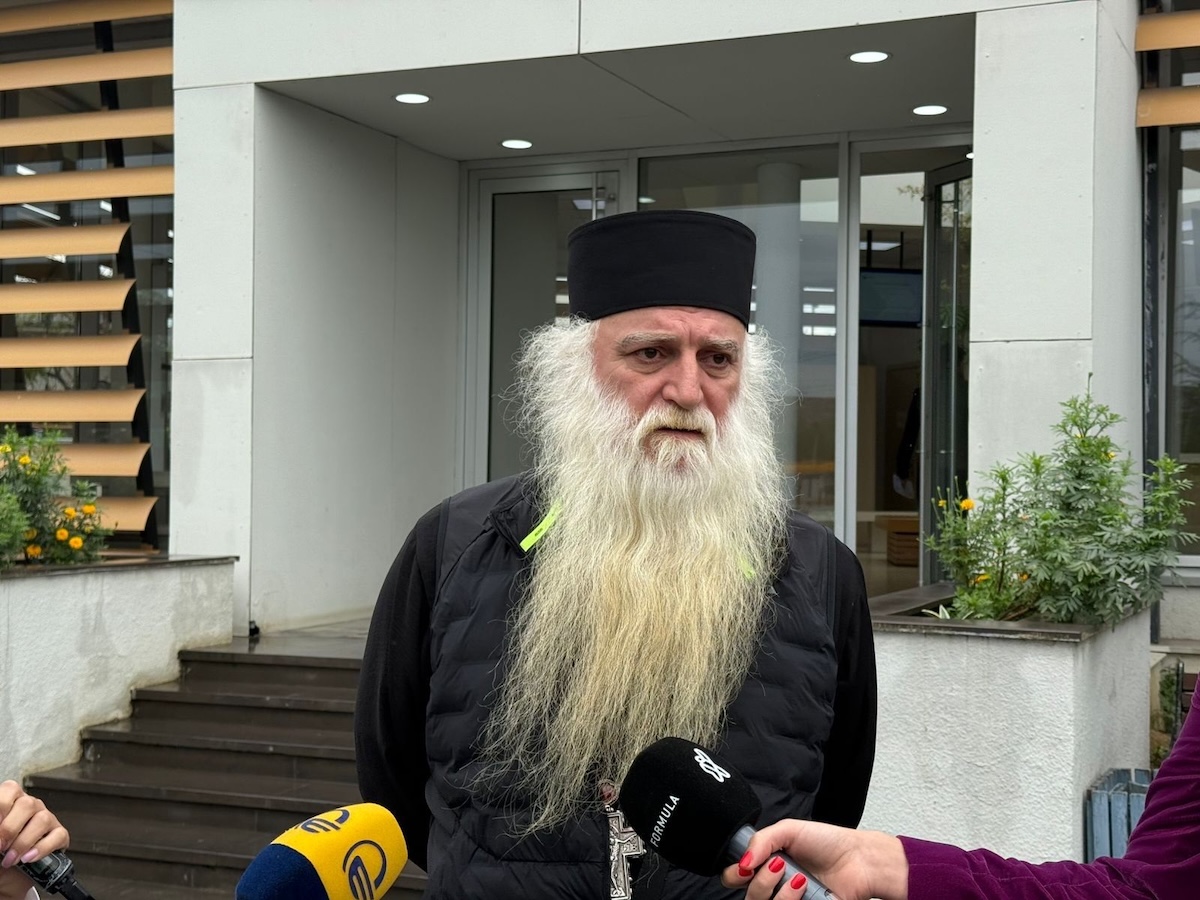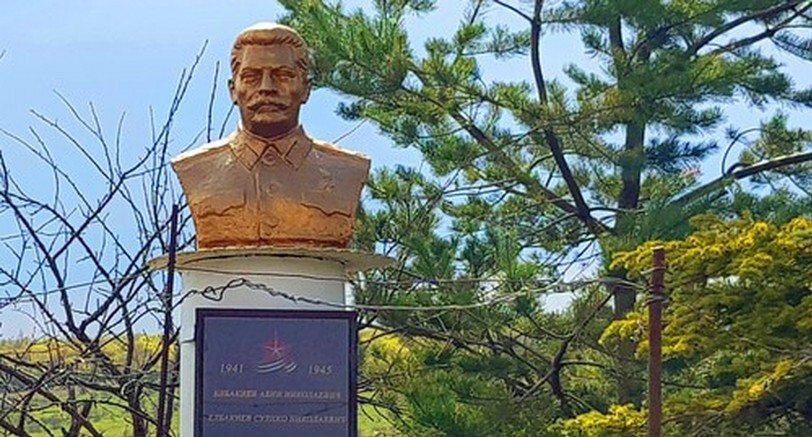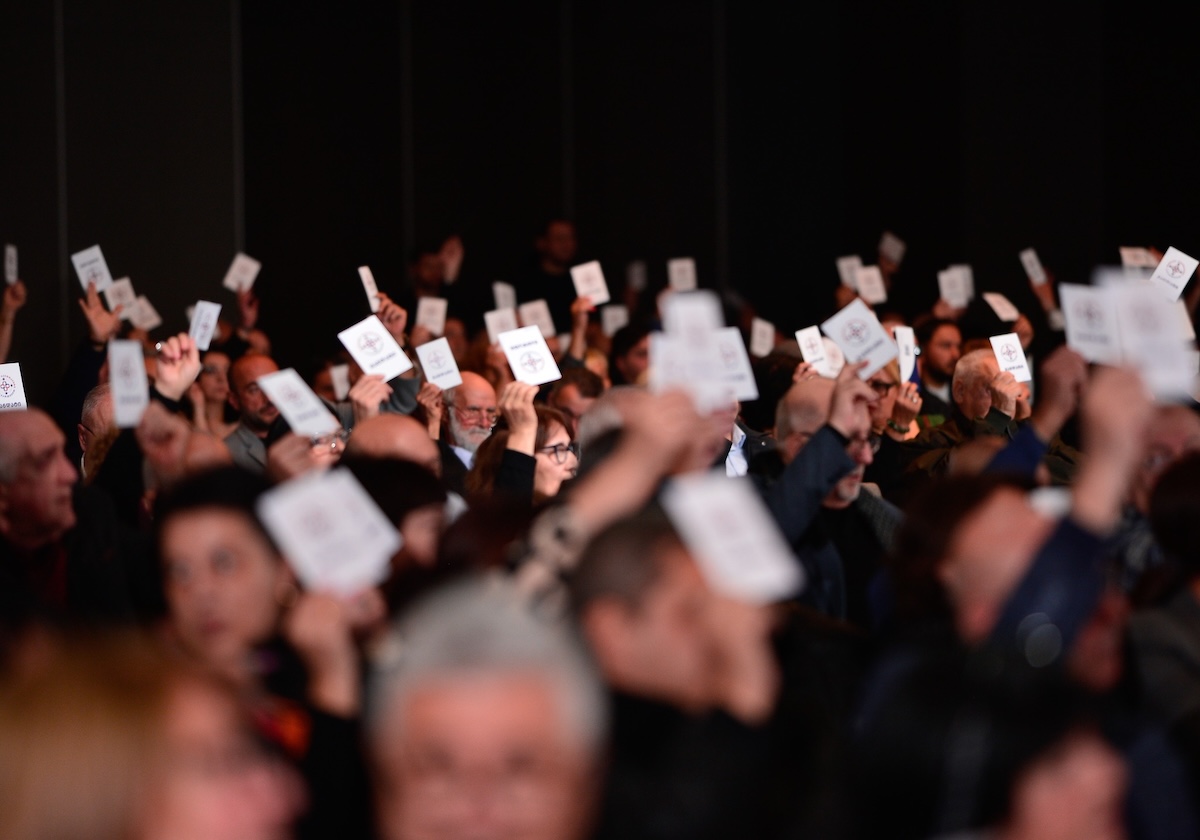Georgia, the April 9 tragedy: the day the Soviet army cracked down on a peaceful demonstration in Tbilisi
Tragic events of April 9 in Georgia
On April 9, 1989, the Soviet army used tanks and toxic gas to violently disperse a massive peaceful demonstration for Georgia’s independence in Tbilisi. 21 people died on Rustaveli Avenue.
Two years later, on April 9, 1991, an extraordinary session of the Supreme Soviet adopted an act on the restoration of Georgia’s independence. On the same day, independence was restored, which had been lost after the Sovietization of Georgia in 1921.
The night of 9 April 1989
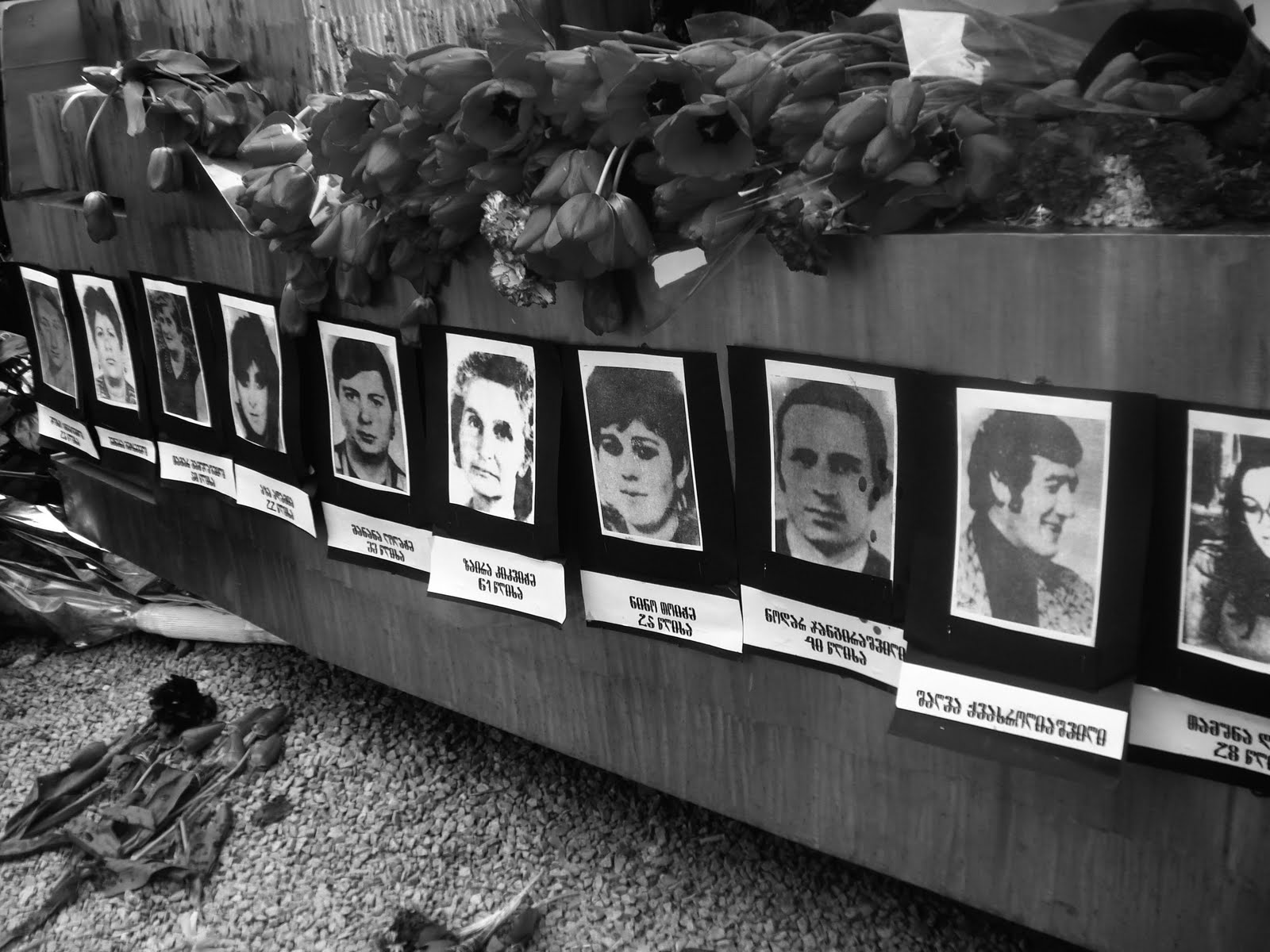
On the night of 9 April, riot police appeared on Rustaveli at 3:56 am. Thousands of participants had gathered in front of the Parliament building. They had been informed that units of the Soviet army were ordered to disperse the demonstration.
____________________________________________________________________________
● 100 years since Soviet occupation – what was Georgia’s first republic like?
● 29 years since the ‘Tbilisi war’
● Vinyl records from the Dry Bridge in Tbilisi, or Farewell to Soviet Georgia
● What Azerbaijan, Armenia and Georgia did 102 years ago when they became independent republics
_____________________________________________________________________________
In an effort to prevent bloodshed, the Catholicos-Patriarch of Georgia, Ilia II, asked the people several minutes before the raid to enter the temple and pray. The protesters, however, didn’t move.
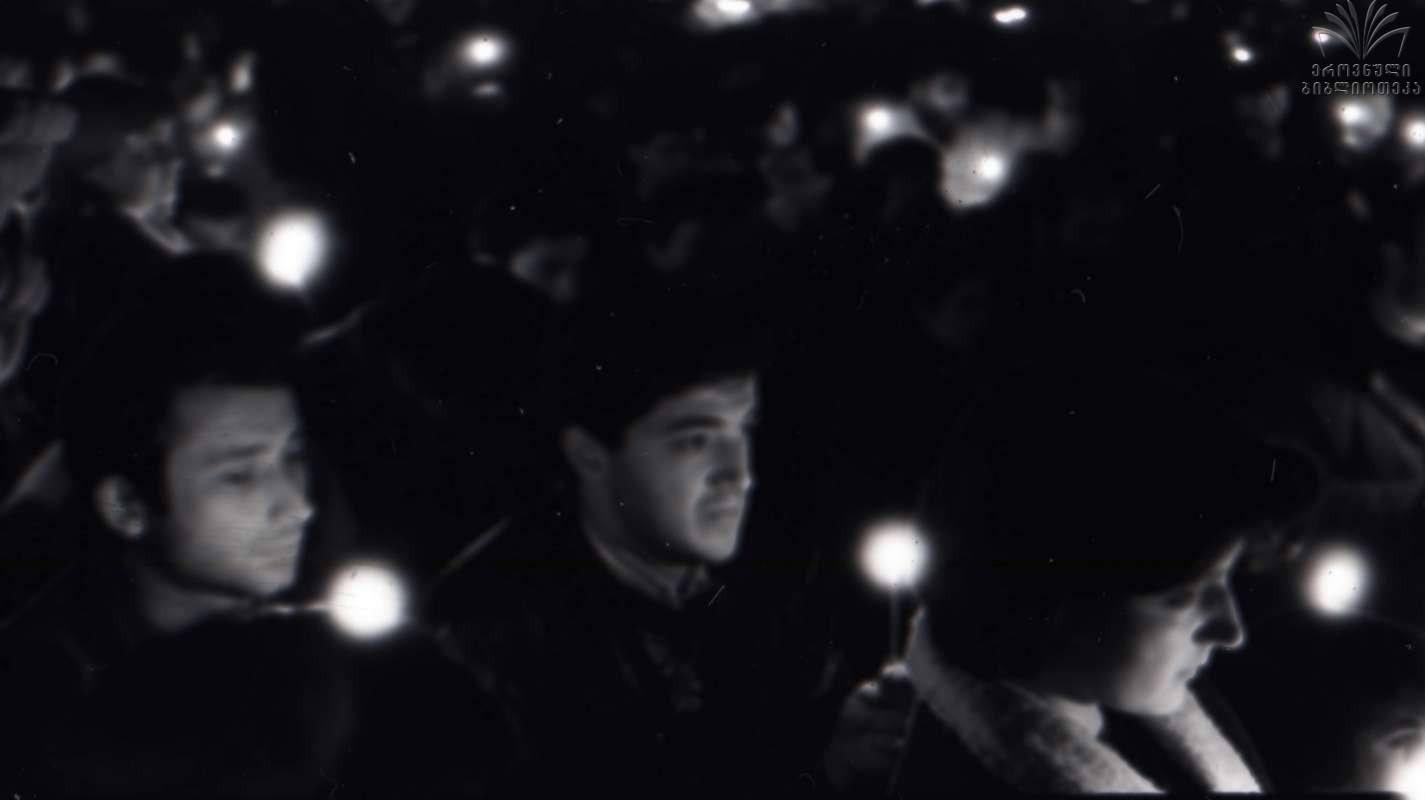
At dawn the sounds of dancing and singing could be heard on Rustaveli Avenue, which was later replaced by deathly silence – the participants were in anticipation of the raid. Shorty after the Patriarch’s address, the armed forces started approaching the Parliament building.
Armed with entrenchment shovels and blunt weapons, soldiers under the command of Colonel General Radionov started to brutally rout the protestors. The riot police also used chemical gas. As a result, 16 people were killed on the spot.
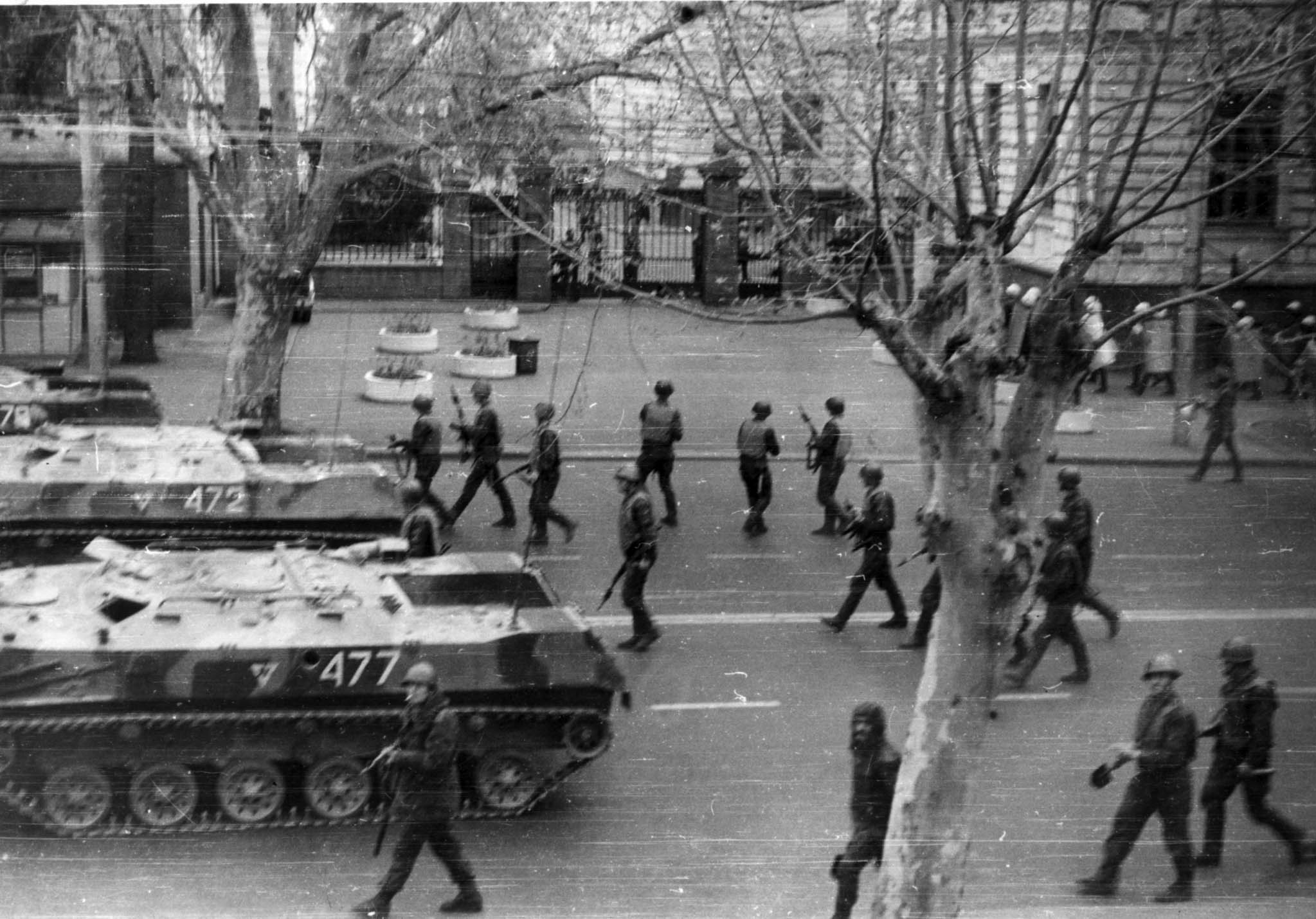
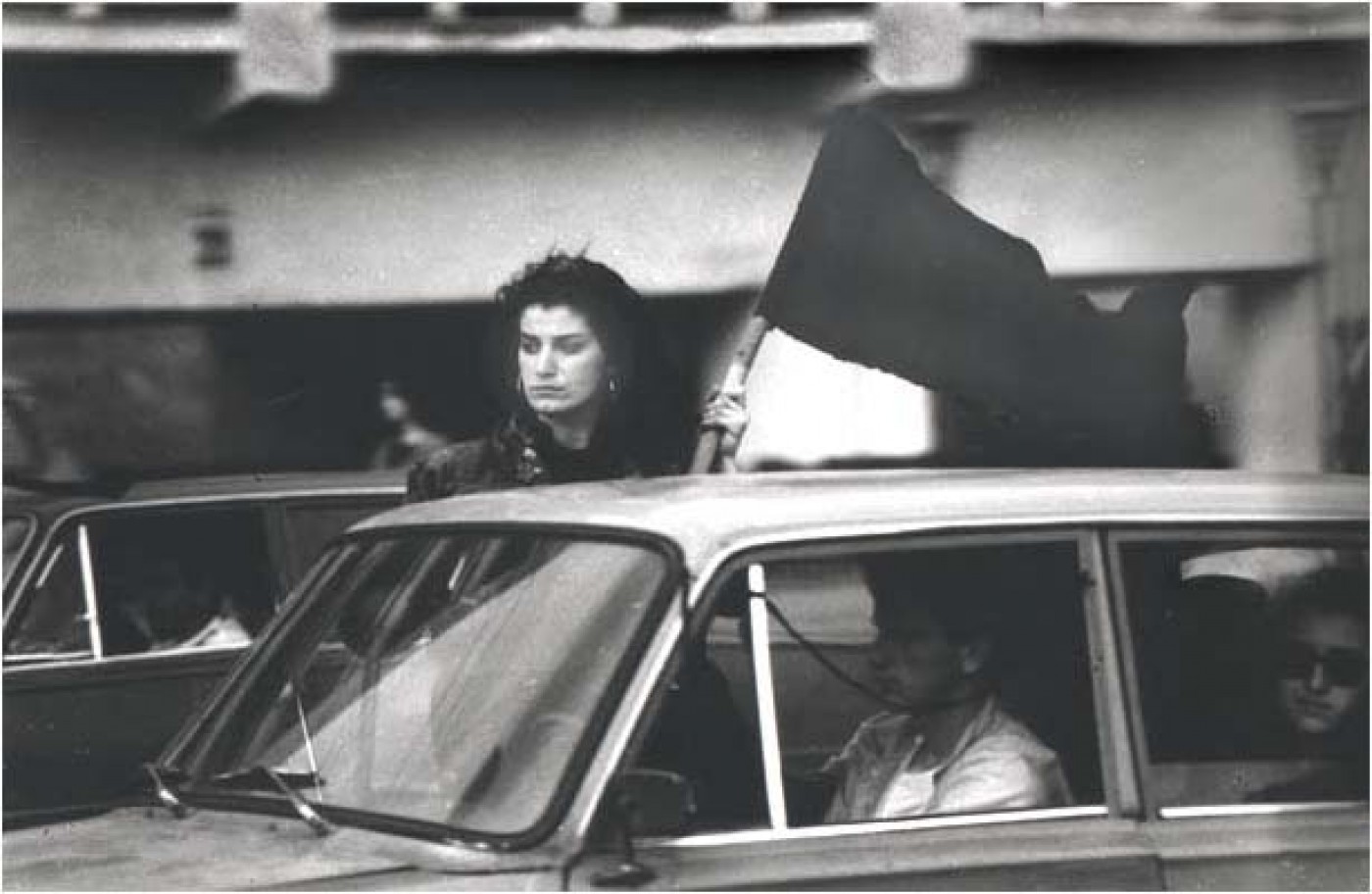

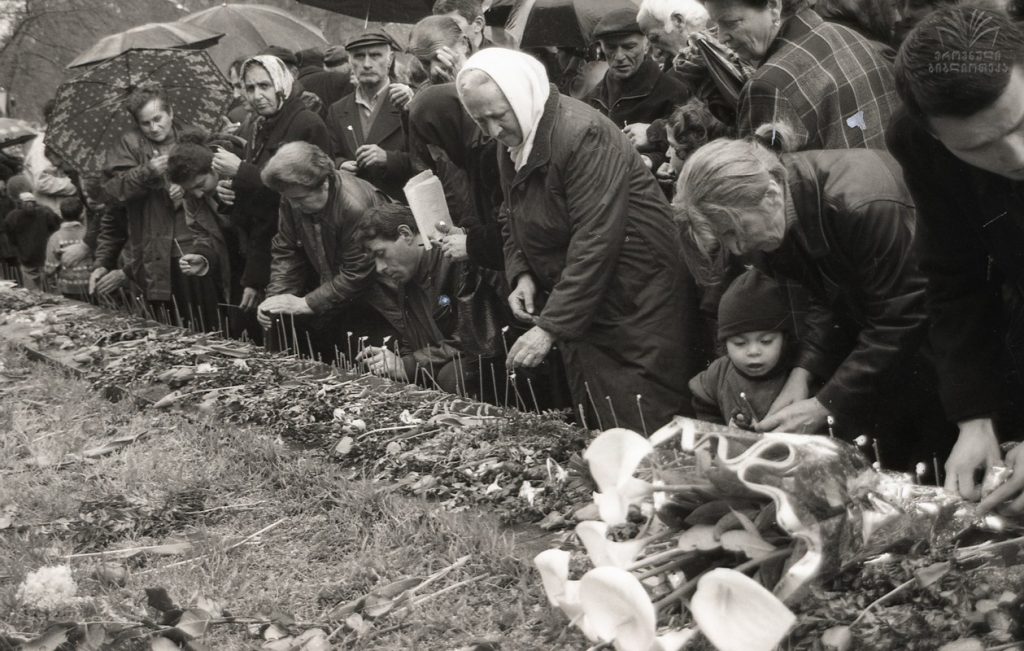
In the following days, the death toll reached 21. The majority of them were women (including pupils). Most of those who died received mortal wounds from entrenchment shovels, while 3,500 people were poisoned by gas.
Such was the dawn on that day. The tragedy was followed by the declaration of a curfew.
The Soviet Press, to this day, attempts to conceal the use of poisonous gas, and doesn’t mention soldiers using shovels to bludgeon the protestors. The deceased were declared victims of the clash.
The Communist Newspaper regarded the actions as prevention of disorder.
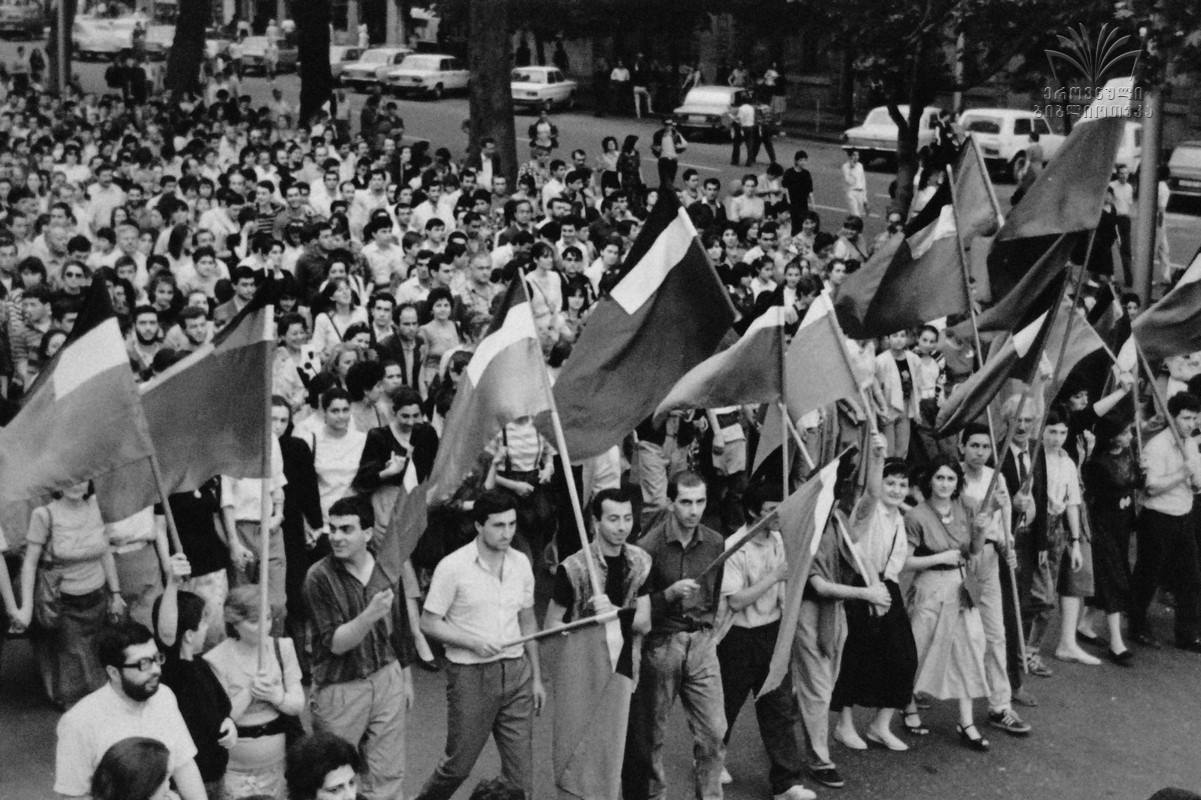
Two years before the restoration of independence
After this bloody night, the communist regime in Georgia practically collapsed. The government of Georgia, under pressure from the national movement and public opinion, in 1990 was forced to pass several resolutions, in fact, declaring the Soviet government in Georgia illegal.
A decree was also passed authorizing multiparty elections.
Elections were scheduled for October 28, 1990.
The Communist Party was defeated, and the political organization “Round Table – Free Georgia” headed by Zviad Gamsakhurdia won.
On March 31, 1991, a referendum was held in Georgia, during which the population had to answer the question whether they wanted to restore independence on the basis of the independence act of May 26, 1918. Almost 91 percent of the total population took part in the referendum, 99 percent of whom answered the question in the affirmative.
Noon April 9, 1991
On the basis of this referendum, exactly two years later, on April 9, 1991, at 12:30 at an extraordinary meeting of the first session of the Supreme Soviet in the government house, at the initiative of Zviad Gamsakhurdia, an act on the restoration of Georgia’s independence was adopted.
“It is symbolic to announce on April 9 the restoration of Georgia’s independence, since that day the fate of Georgia was being decided. The souls of the April 9 martyrs rejoice for us, because their will has been fulfilled, the will of the Georgian people to greet independent Georgia has been fulfilled. God bless us, ”said Zviad Gamsakhurdia, who later became the first president of Georgia.










